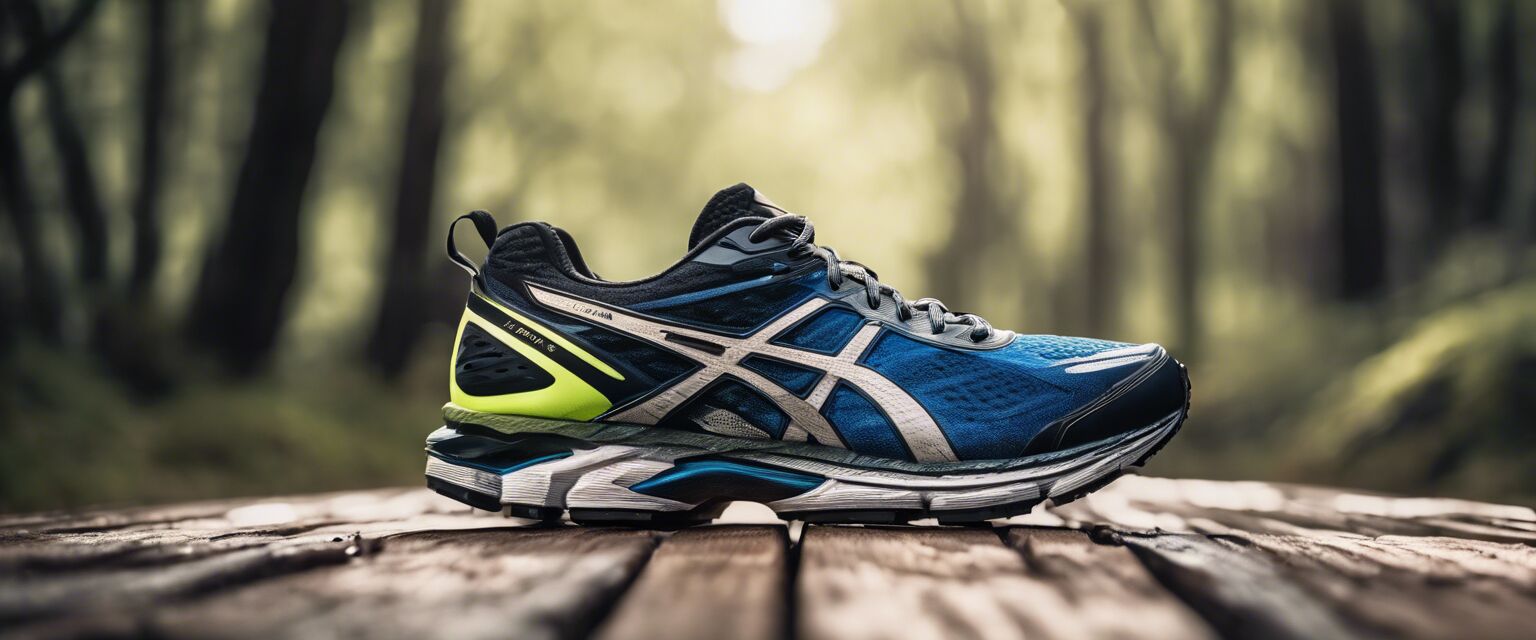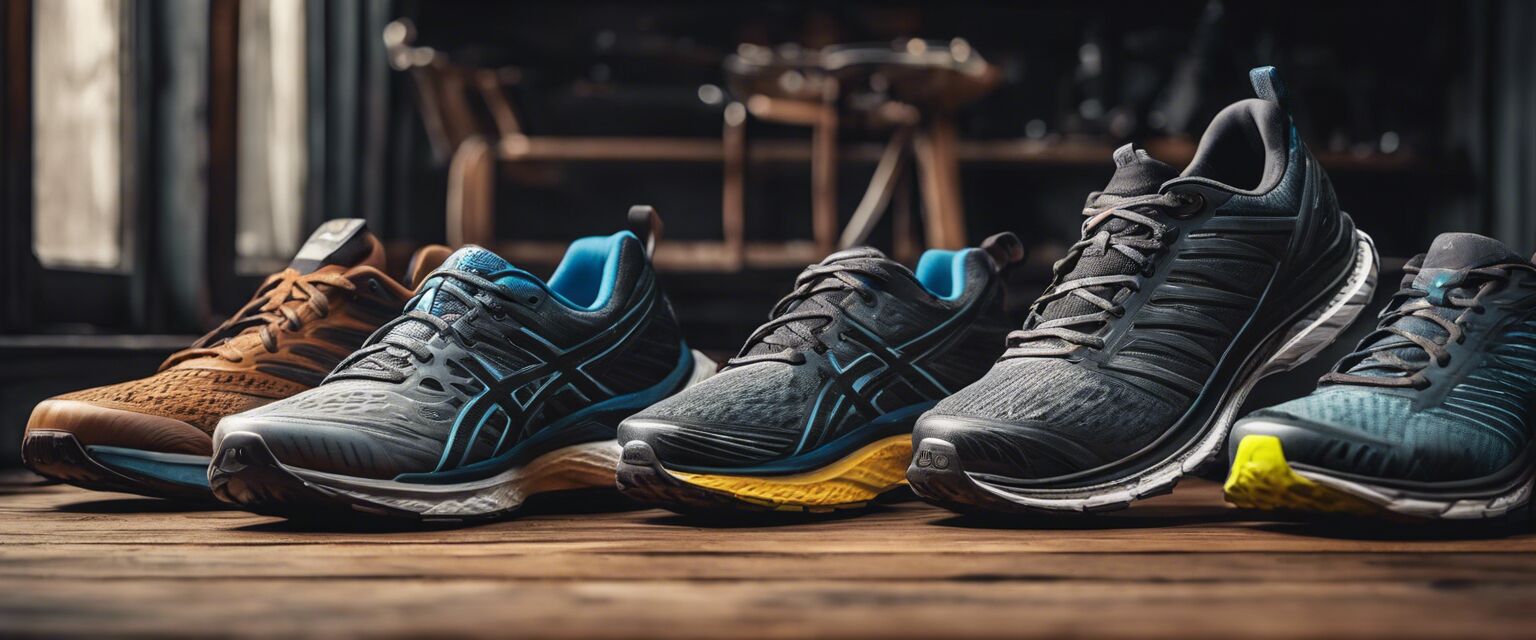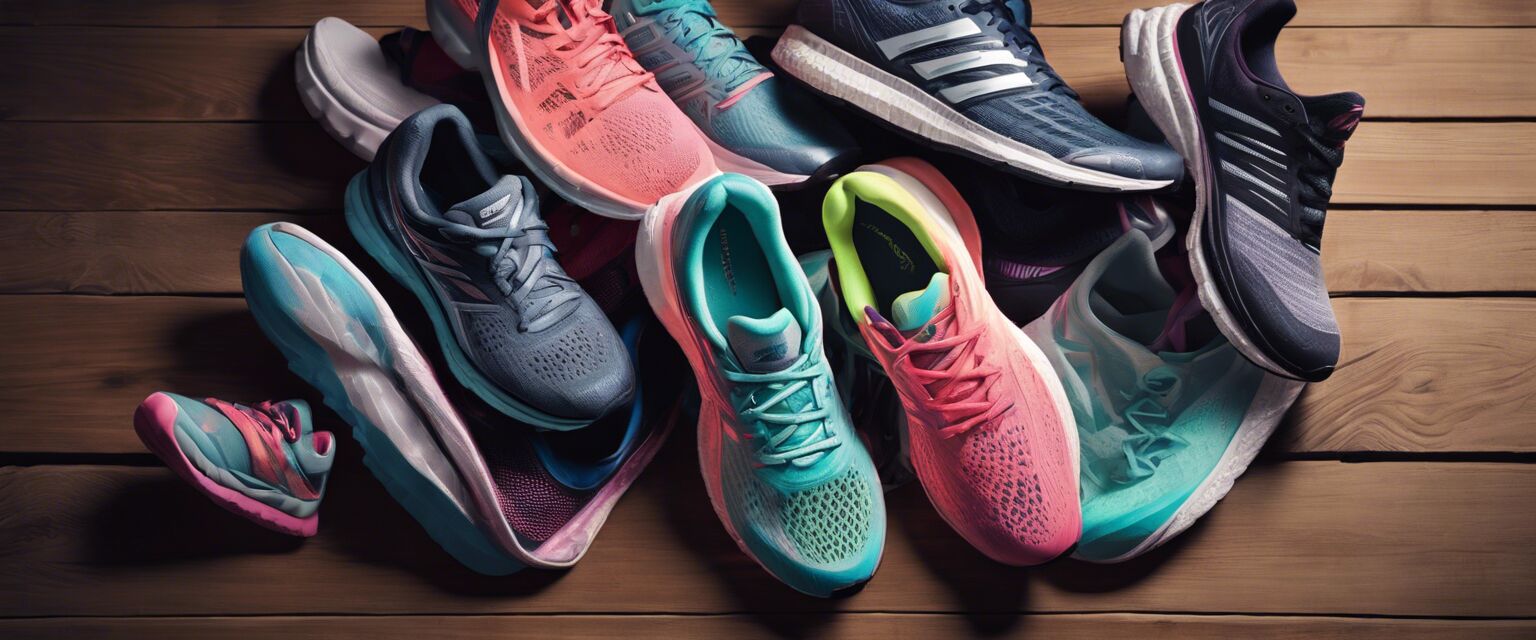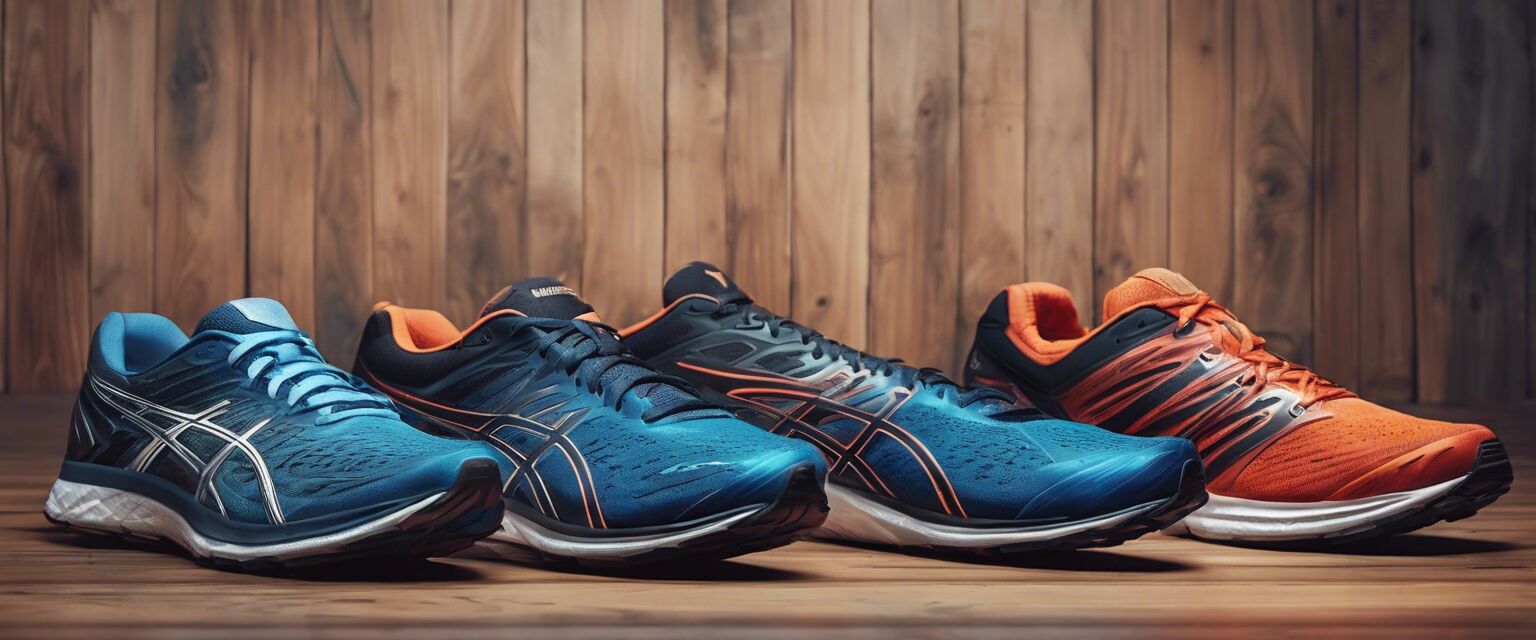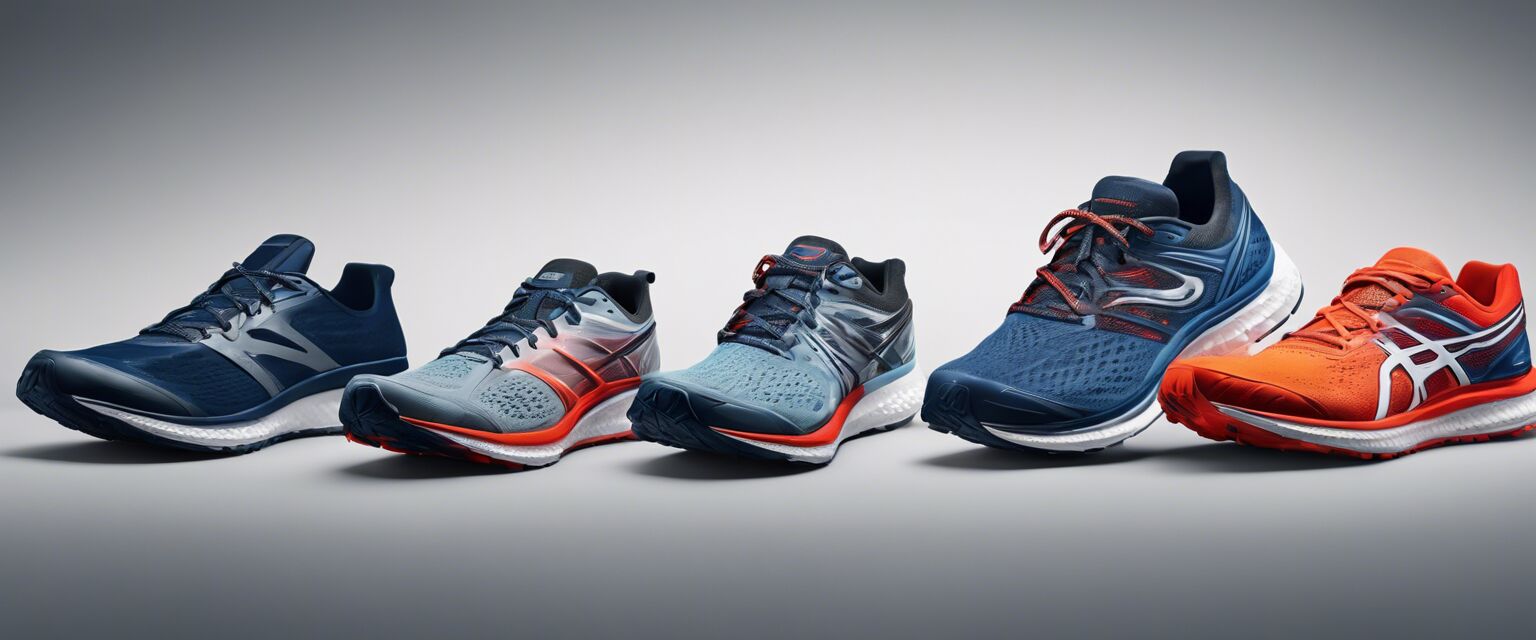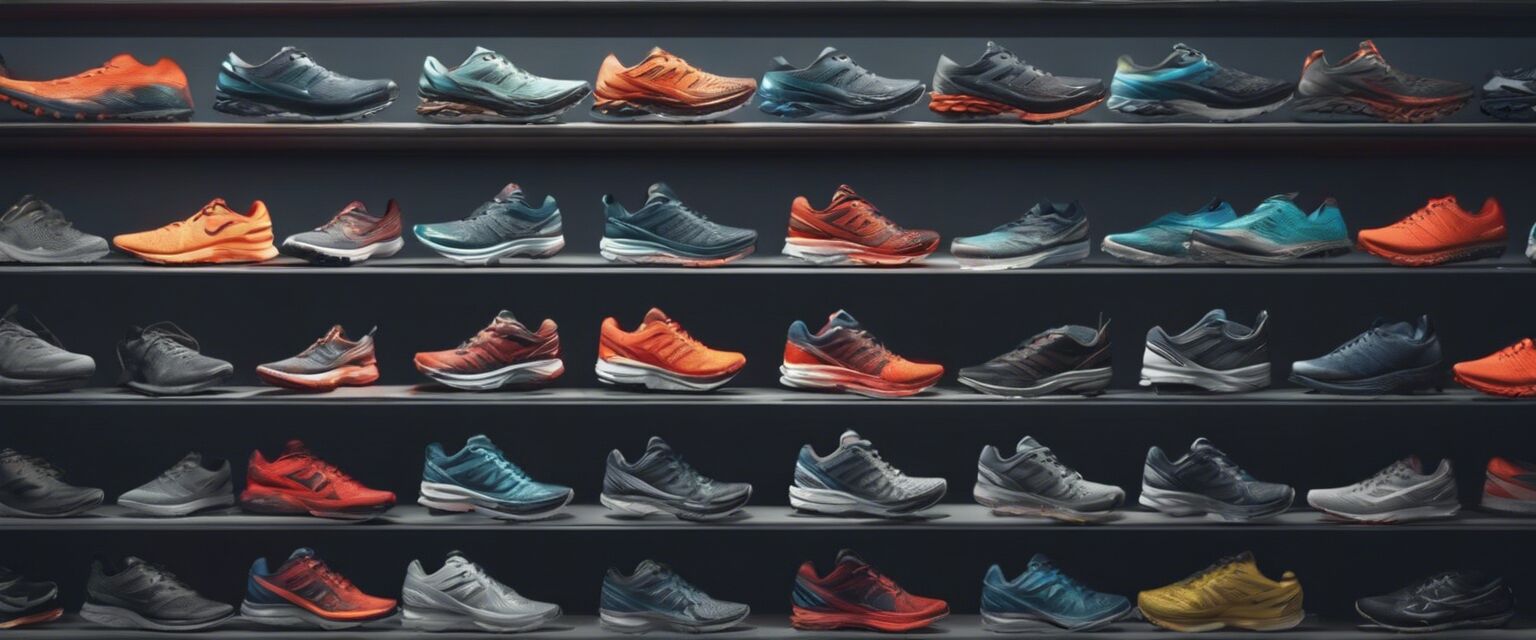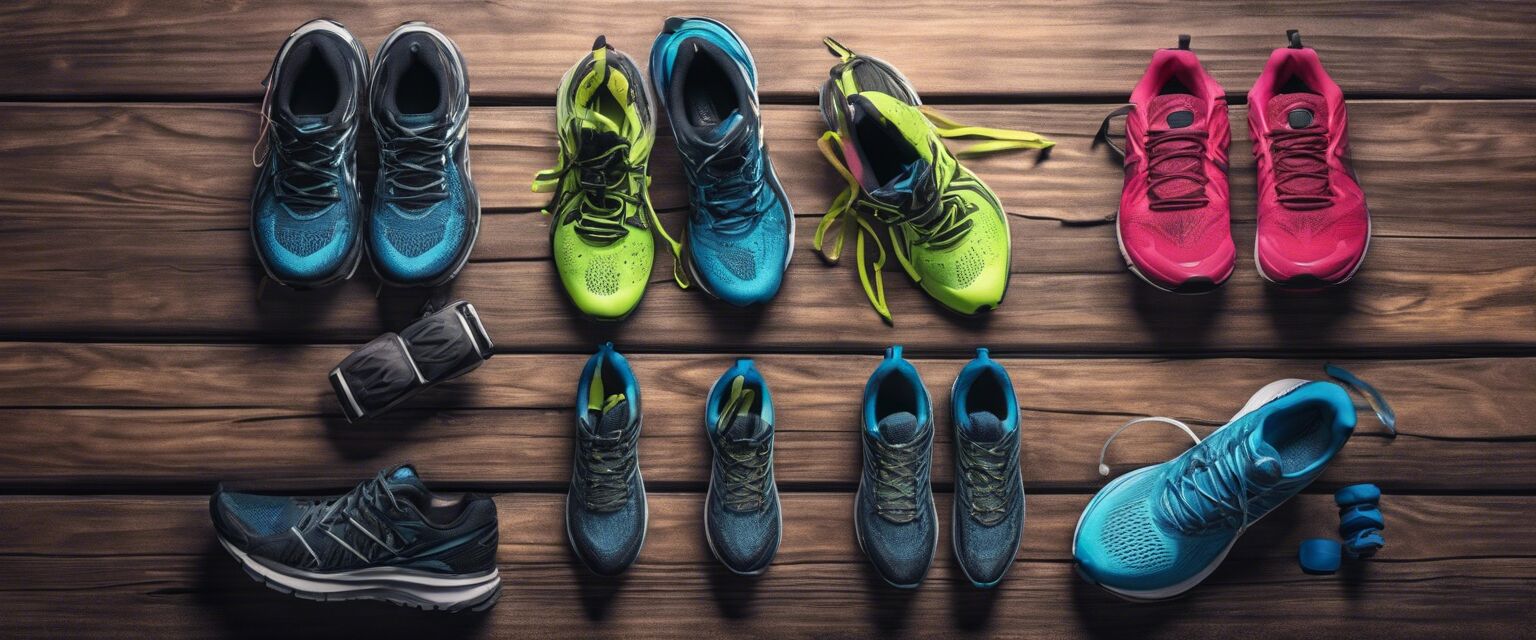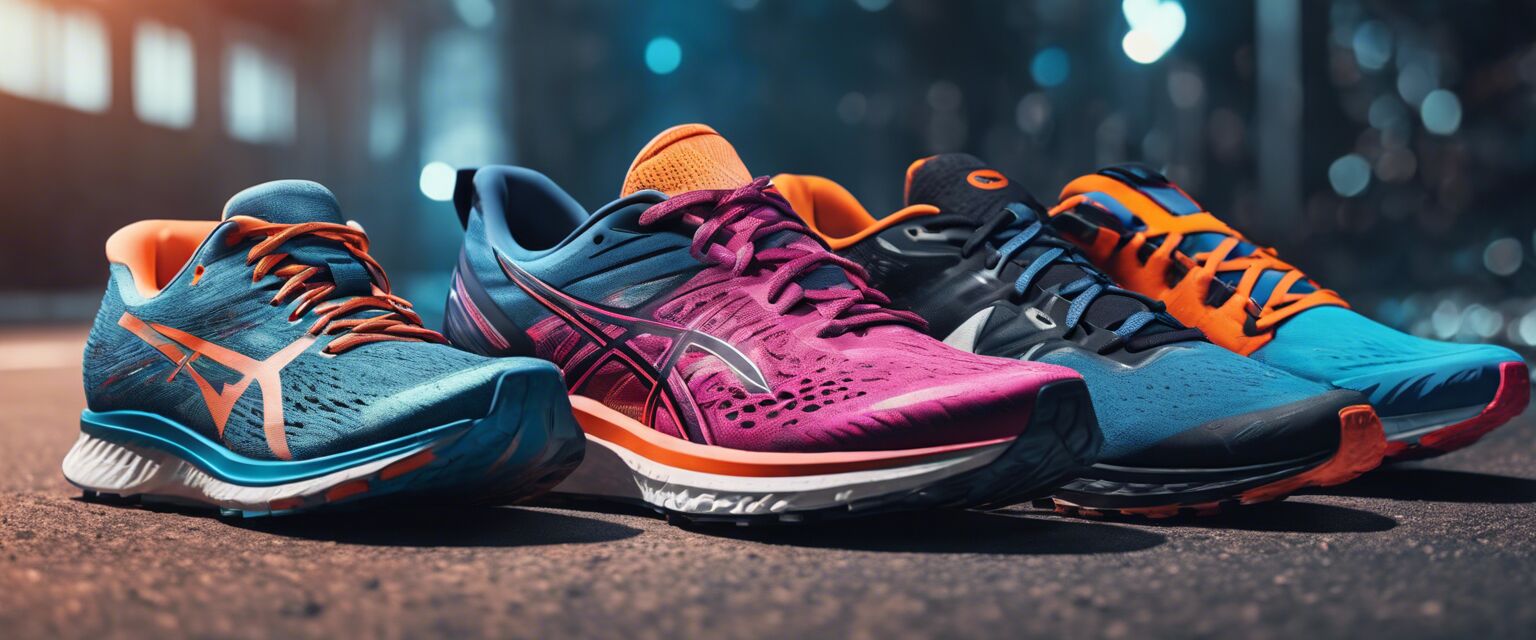
Running Shoe Technology
Key Takeaways
- The latest running shoe technology focuses on improving comfort, performance, and injury prevention.
- Key features include cushioning, breathability, and support systems.
- Understanding technology can help runners choose the right shoes for their needs.
- Innovations such as 3D printing and smart shoe technology are emerging.
As a runner, having the right gear is as important as having the right technique. Running shoes have undergone significant changes over the years, thanks to advancements in technology. This article aims to provide insights into the most innovative technologies that make today's running shoes better than ever.
Evolution of running shoe technology
Understanding how running shoe technology has evolved can give you a better appreciation for modern options. Hereâs a brief look at the journey:
| Year | Technological Advancement | Impact |
|---|---|---|
| 1970s | Introduction of cushioning | Reduced impact on joints and enhanced comfort. |
| 1990s | Air pockets | Improved shock absorption and stability. |
| 2000s | Lightweight materials | Enhanced speed and performance. |
| 2010s | 3D printing and smart technology | Customized fits and performance monitoring. |
Key features of modern running shoes
Today's running shoes come packed with features designed for various types of runners. Here are some key elements to consider:
- Cushioning: Technology such as gel inserts and foam midsoles provide superior shock absorption.
- Weight: Lightweight materials reduce fatigue and increase speed.
- Breathability: Advanced mesh fabrics facilitate airflow and moisture management, keeping feet dry.
- Support: Varied heel heights and arch support accommodate overpronation and supination.
Comparison of running shoe technologies
| Technology | Benefits | Ideal For |
|---|---|---|
| Air Cushioning | Enhanced shock absorption and comfort. | Recreational runners and those with joint issues. |
| Foam Midsoles | Lightweight and adaptive to foot structure. | Speed-focused athletes and competitive runners. |
| 3D-Printed Shoes | Custom fits tailored to individual foot shape. | Serious runners looking for precision and comfort. |
| Smart Technology | Data tracking for performance monitoring. | Tech-savvy runners interested in analytics. |
Popular running shoe brands
Different brands incorporate various technologies into their running shoes. Here are some leading manufacturers known for their advancements in running shoe technology:
Beginners Section
Tips for choosing the right running shoes
- Know your foot type: Neutral, overpronator, or supinator.
- Consider the surface you'll be running on, such as road or trail.
- Try shoes on later in the day when your feet are swollen.
- Walk or jog in the shoes before making a purchase.
- Look for shoes that fit snugly but not too tight.
Emerging technologies in running shoes
As technology continues to advance, several new innovations are making waves in the running world:
- Smart Shoes: Equipped with sensors to track distance, pace, and other analytics.
- 3D Printing: Enables creating lightweight, customized shoes tailored for individual runners.
- Self-lacing Mechanism: Automatically adjusts the fit of the shoe for maximum comfort.
- Eco-Friendly Materials: Advances in sustainability for environmentally conscious consumers.
Conclusion
Understanding running shoe technology can significantly enhance a runner's experience. Whether you're a beginner or a seasoned runner, knowing the key features and advancements can lead to better choices and improved performance. Keep an eye on emerging technologies for even greater options on the horizon!
Pros
- Wide variety of options tailored for different running styles.
- Innovations continuously improve comfort and performance.
- Advanced materials enhance durability and longevity.
- Personalized options available for serious runners.
Cons
- Can be expensive, especially with cutting-edge technology.
- Choosing the wrong type may lead to discomfort or injury.
- Not all technologies work for every runner.
FAQs about running shoe technology
Here are some frequently asked questions runners have about the technology in running shoes:
- How long do running shoes typically last? Most running shoes have a lifespan of about 300-500 miles.
- What is the best cushion type for long-distance runners? Gel and foam cushioning are popular among long-distance runners for impact absorption.
- Should my running shoes be replaced if they look fine? Yes, wear and tear aren't always visible, so it's essential to replace them regularly.
- Can shoes with smart technology improve my running? They can provide valuable insights into your performance, but results vary.
